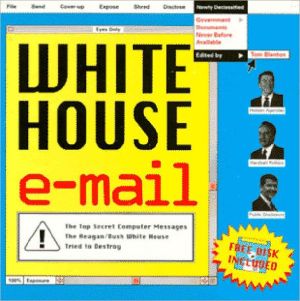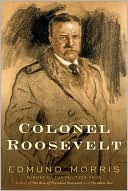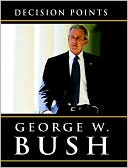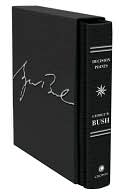White House E-Mail: The Top Secret Computer Messages the Reagan/Bush White House Tried to Destroy
Here are the highest-level White House communications on the most secret national security affairs of the United States during the 1980s--shockingly candid electronic exchanges you were never meant to see, virtually none of which have ever before been available to the American public. President Reagan tried to shred them electronically. President Bush tried to take them to Texas. President Clinton tried to put them beyond the reach of the Freedom of Information Act. But the White House e-mail...
Search in google:
Here are the highest-level White House communications on the most secret national security affairs of the United States during the 1980s--shockingly candid electronic exchanges you were never meant to see, virtually none of which have ever before been available to the American public. President Reagan tried to shred them electronically. President Bush tried to take them to Texas. President Clinton tried to put them beyond the reach of the Freedom of Information Act. But the White House e-mail survived, thanks to a six-year lawsuit brought by the National Security Archive and allied historians, librarians, and public interest lawyers. Library Journal This unique book offers a pastiche of actual, unaltered E-mail messages drawn from various members of the White House staff from the mid-1980s until late 1994. Edited by the executive director of the National Security Archive (NSA), the messages, which were officially declassified as a result of a Freedom of Information Act lawsuit brought by the NSA, are arranged by topics (e.g., "Dancing with Dictators," "Spin Doctors") and then chronologically within the category. The book marks the organization's victory in establishing the principle of public access to govermental electronic communication. However, the text itself consists mainly of raw data that is difficult for a general reader to fit into the larger political context and that gives one a sense of voyeurism, intruding into private conversations not intended for a general audience. Despite the lack of coherence, the volume does provide an inside look at how the White House staff employed this new and less guarded means of communication. While somewhat of a novelty book, it may have a lasting impact on how the White House staff members use E-mail in the future, since their messages will now be accessible to the American people.-James Rhodes, Luther Coll., Decorah, Ia.
\ Library JournalThis unique book offers a pastiche of actual, unaltered E-mail messages drawn from various members of the White House staff from the mid-1980s until late 1994. Edited by the executive director of the National Security Archive (NSA), the messages, which were officially declassified as a result of a Freedom of Information Act lawsuit brought by the NSA, are arranged by topics (e.g., "Dancing with Dictators," "Spin Doctors") and then chronologically within the category. The book marks the organization's victory in establishing the principle of public access to govermental electronic communication. However, the text itself consists mainly of raw data that is difficult for a general reader to fit into the larger political context and that gives one a sense of voyeurism, intruding into private conversations not intended for a general audience. Despite the lack of coherence, the volume does provide an inside look at how the White House staff employed this new and less guarded means of communication. While somewhat of a novelty book, it may have a lasting impact on how the White House staff members use E-mail in the future, since their messages will now be accessible to the American people.-James Rhodes, Luther Coll., Decorah, Ia.\ \








